
A second chance to say goodbye; to tie loose ends with someone you will never meet again. This seemingly impossible feat might now be a reality with the assistance of Artificial Intelligence (AI) modeled avatars. Formed by a book club project in English, freshmen Jayden Hayward, Lucy Kim, Yujun Piao, and Haydn Mangione dove into their interpersonal relationships of AI and grief.
The project started with a wish. Mangione said, “When I was in fourth grade, my grandpa died, and I was in America. After that, it was a really hard time for me because I didn’t really get to say goodbye to my grandpa in the way that I would like to. That did affect my interpersonal relationships where I was really less happy at school and I wasn’t able to interact with my friends the way I used to for a few months after that. So I thought, if I had this technology when I was in fourth grade, how better would my life be?”
Although the story strummed the hearts of his teammates, they had to acknowledge the drawbacks. Hayward said, “It was quite daunting because, at first, we switched our idea from the AI thing that Haydn gave us to something else because it was complicated. […] This team is very ambitious and they’re willing to put in the work, even if it’s a bit more risky. Everybody on the team was willing to put in a little bit more work and have a little bit more risk to have a better outcome. I do think that the initiative was something that we had that was a little bit separate from other teams.” The group finally decided to commit after viewing a video of a mother who lost her daughter say a final goodbye to her with the use of virtual reality (VR).
The book Klara and the Sun by Kazuo Ishiguro influenced the entire project. The novel features a futuristic world where people purchase artificial friends (AF) in replacement of actual friends or children. The novel revolves around Josie, a child with severe illness, and an AF named Klara that her mother, Chris, bought in fear of Josie’s death. Chris wanted the AF to replace Josie to evade the grief of her dead child.
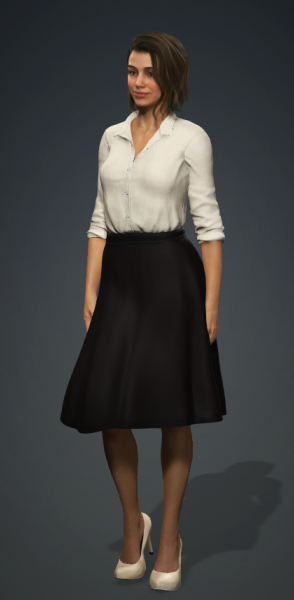
The team decided to allow the audience to immerse themselves a layer deeper than just words on a page – they crafted an interactable AI avatar of Klara. “We recorded my voice to put into AI and used that to narrate the documentary. We also got an AI avatar from the same website that looked as close to Klara that we could find. Then we used that to narrate the documentary and we just overlaid the different sources and visuals that related to the narration that was going on,” Hayward said.
Similar to a popular AI website called character.ai that allows users to recreate characters from video games, movies, cartoons, etc., Kim recreated Klara with a program called Convai. Alongside the full book, data on the characters, relationships, and other knowledge were put into the bank. Then, the avatar answers based on the knowledge put in.
To truly bring the avatar into an interactive space, Piao and Mangione utilized a program called the Unreal Engine that created a 3D video game that created the background for Klara to stand in. Based on the book, Piao inputted the avatar’s background knowledge, personality, and memory into the engine. Through this, users can actually “talk” with Klara and ask questions through the Oculus VR.
In an attempt to demonstrate the possibility of this technology for people who lost their loved ones, the team members changed their own views on relationships with technology and grief. “At the start of the project, I definitely did not agree with using AI to help people with grief. I thought it was a good idea to have our project dedicated to that and to convince people why that would be good. But personally, I didn’t really think that bringing AI into grief would help people at all. But after doing so much more research, I saw so many accounts of how it did help people. My views changed very, very drastically because of the project,” Hayward said.
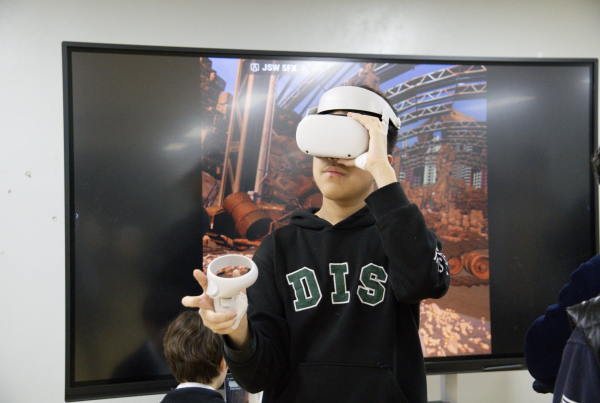
Magnione and his team helped spark his fourth-grade-self’s wish to fruition. The group desires wider usage of AI to assist those who grieve for their lost loved ones. “We are just a few 14 or 15-year-olds who ended up making a project that was pretty good with a character that I think really replicated the character in our book well. If a few high schoolers can build something like that, it could have a really big impact on the psychology of grief. I think a lot of people could benefit from this and help them. It would really help them come back from grieving someone that they love and being in a place of depression and not wanting to talk to anyone and not having any healthy relationships to where they could live their life,” Mangione said.



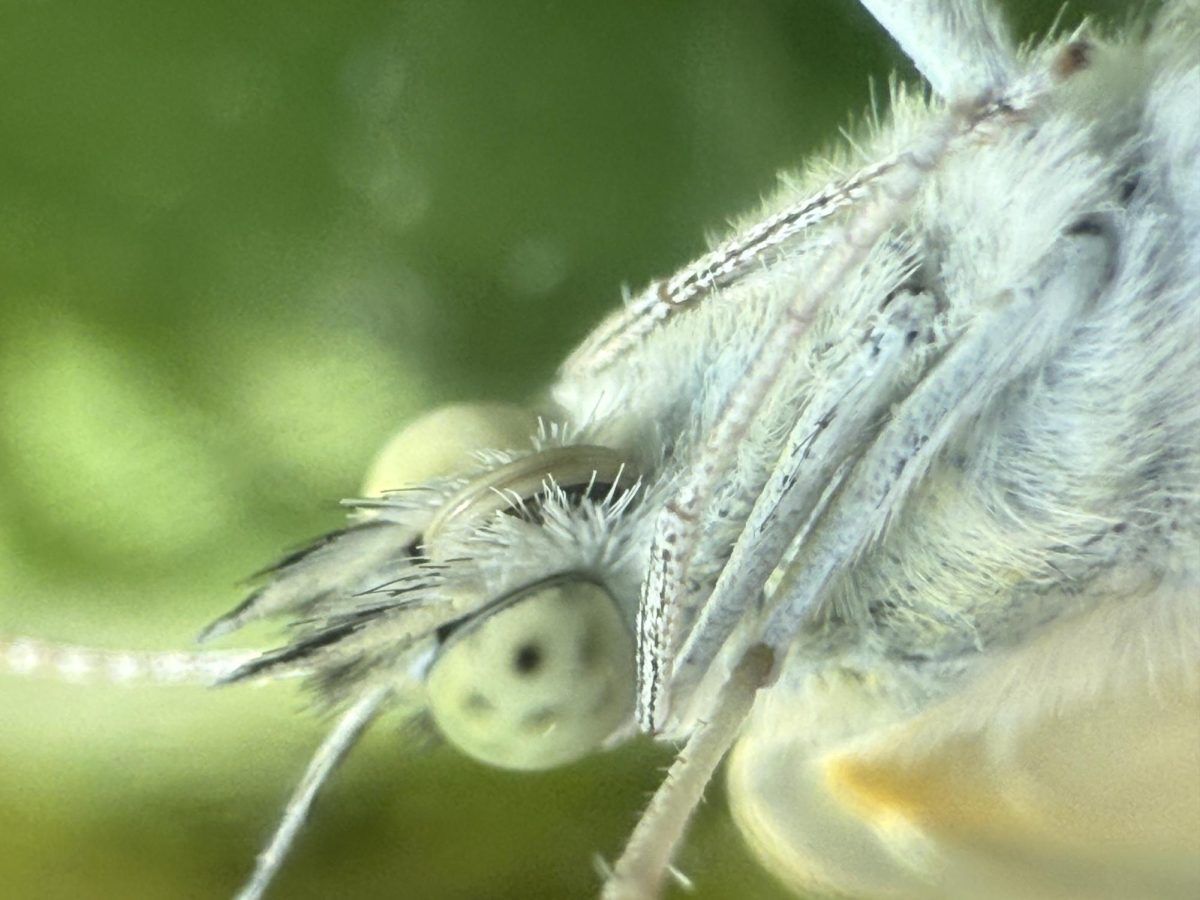
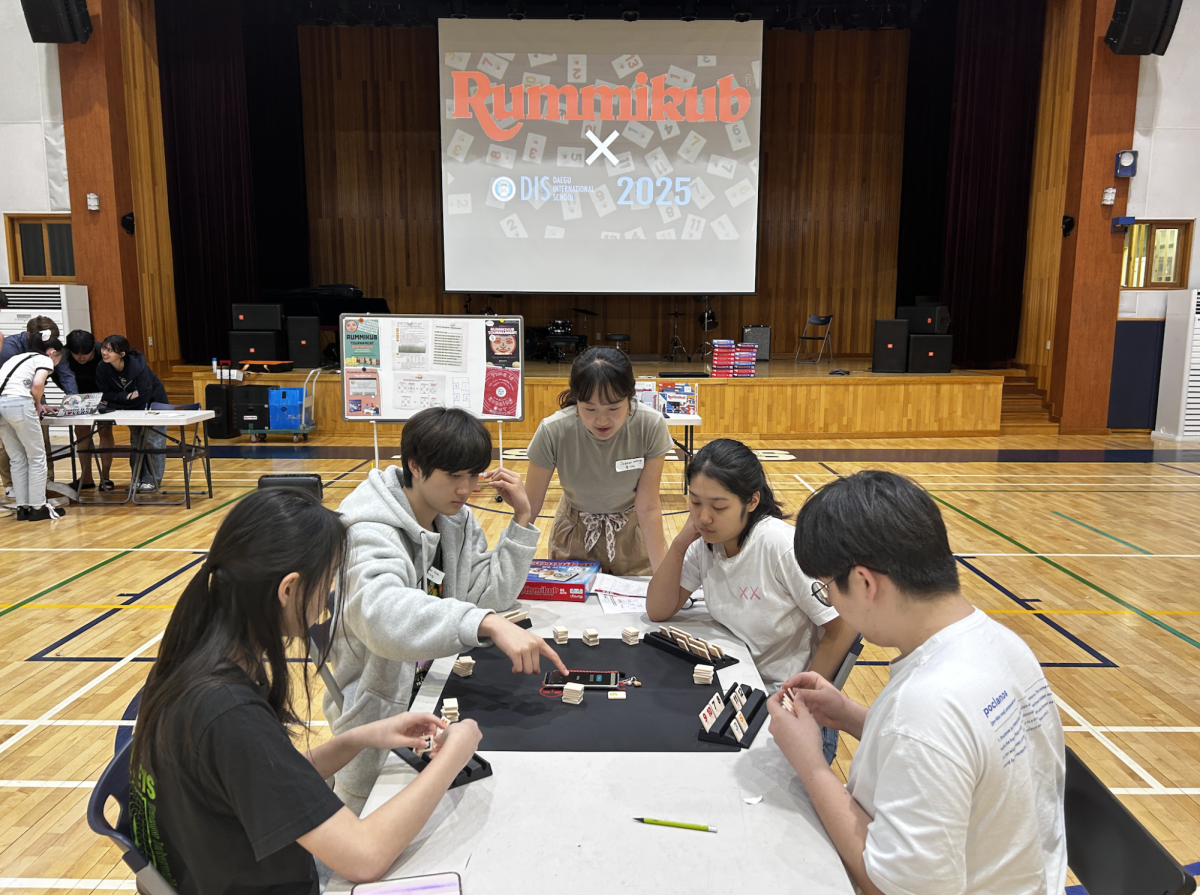
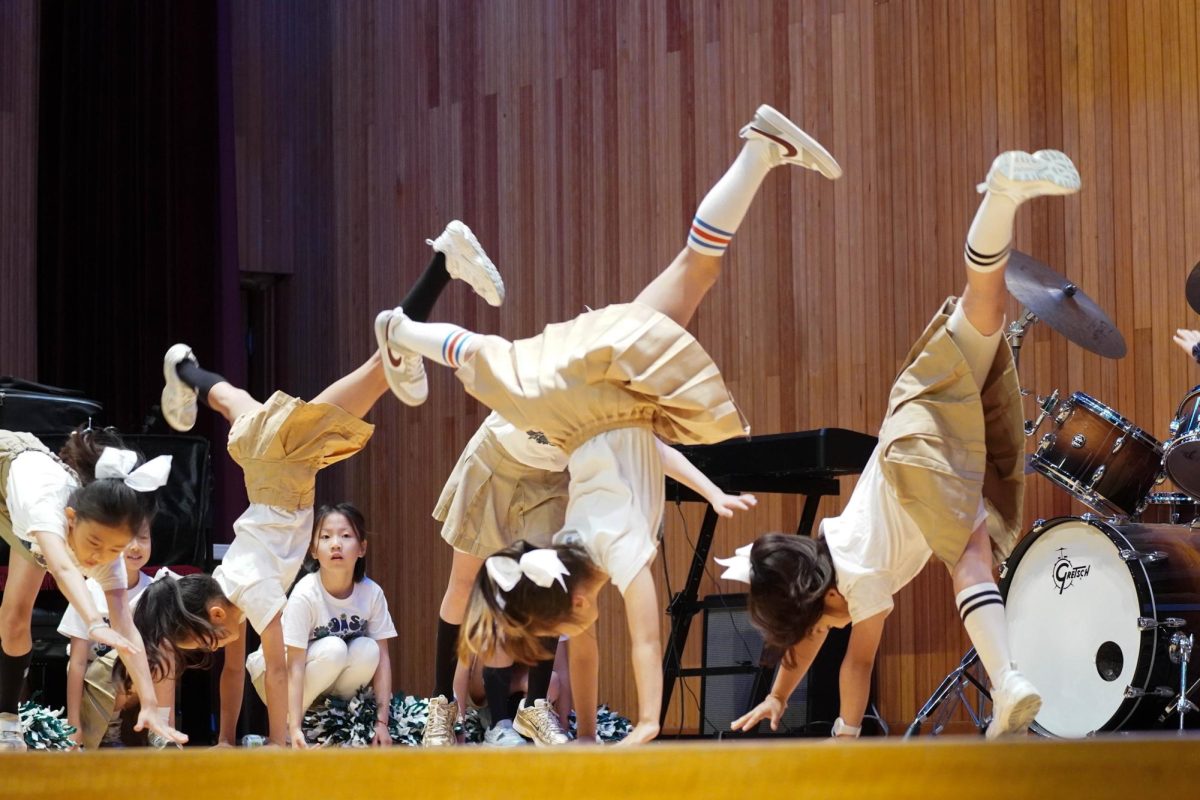
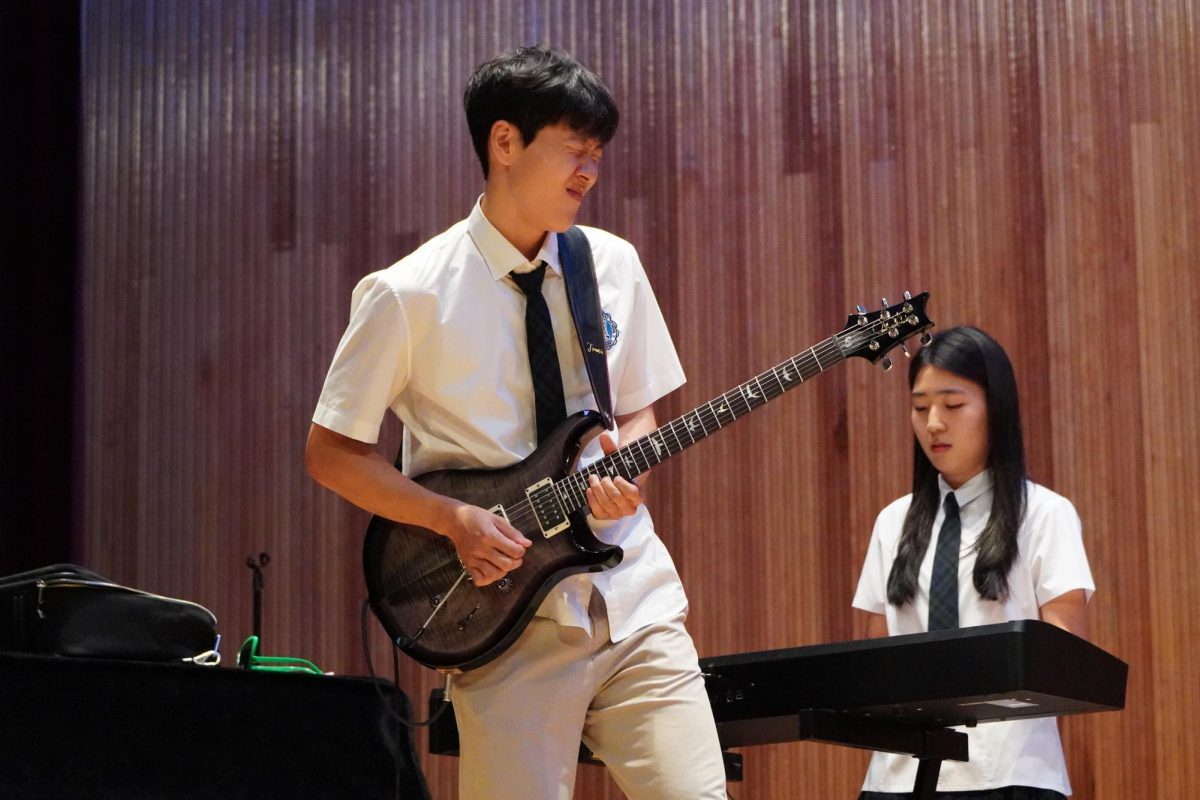


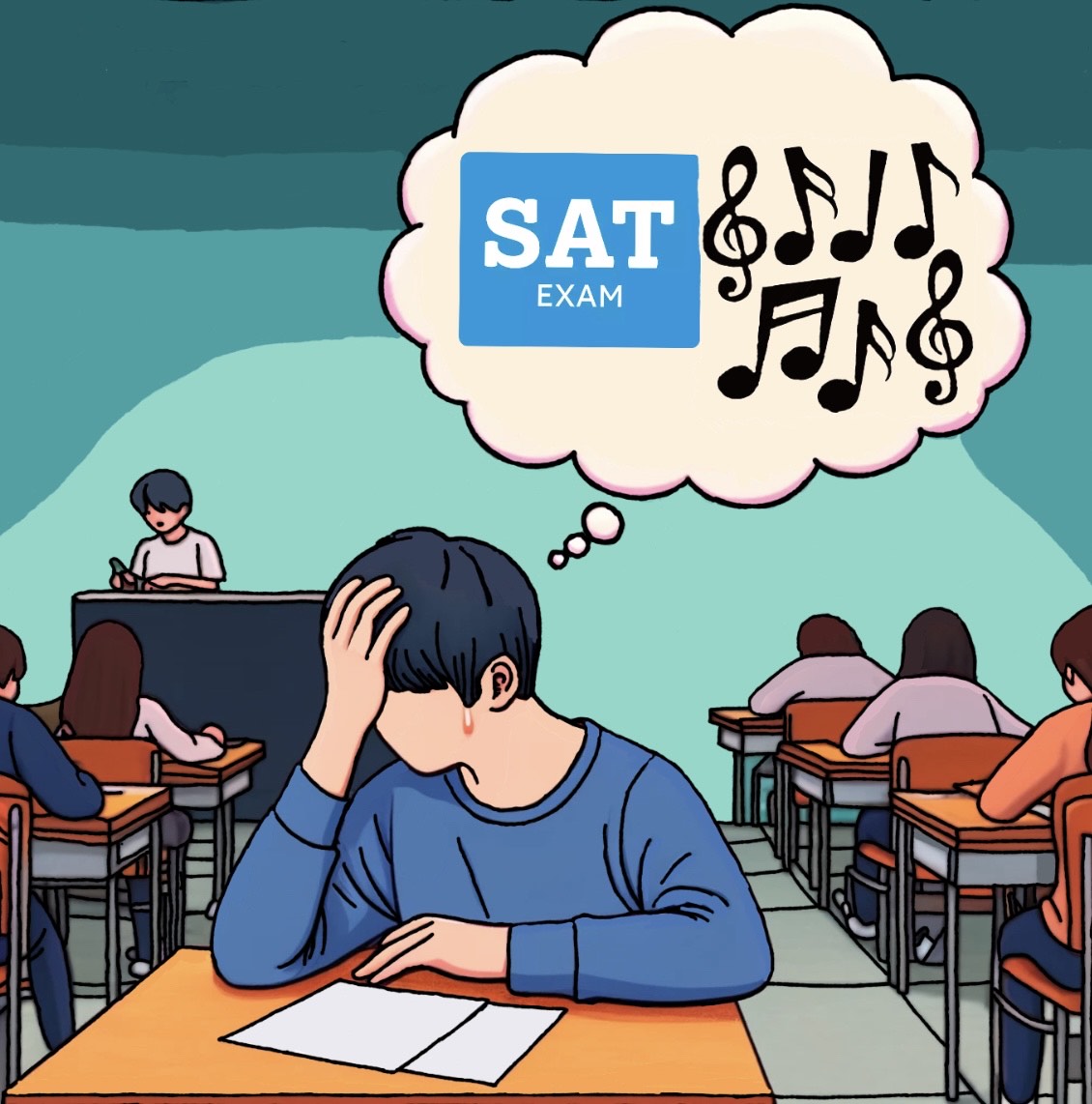
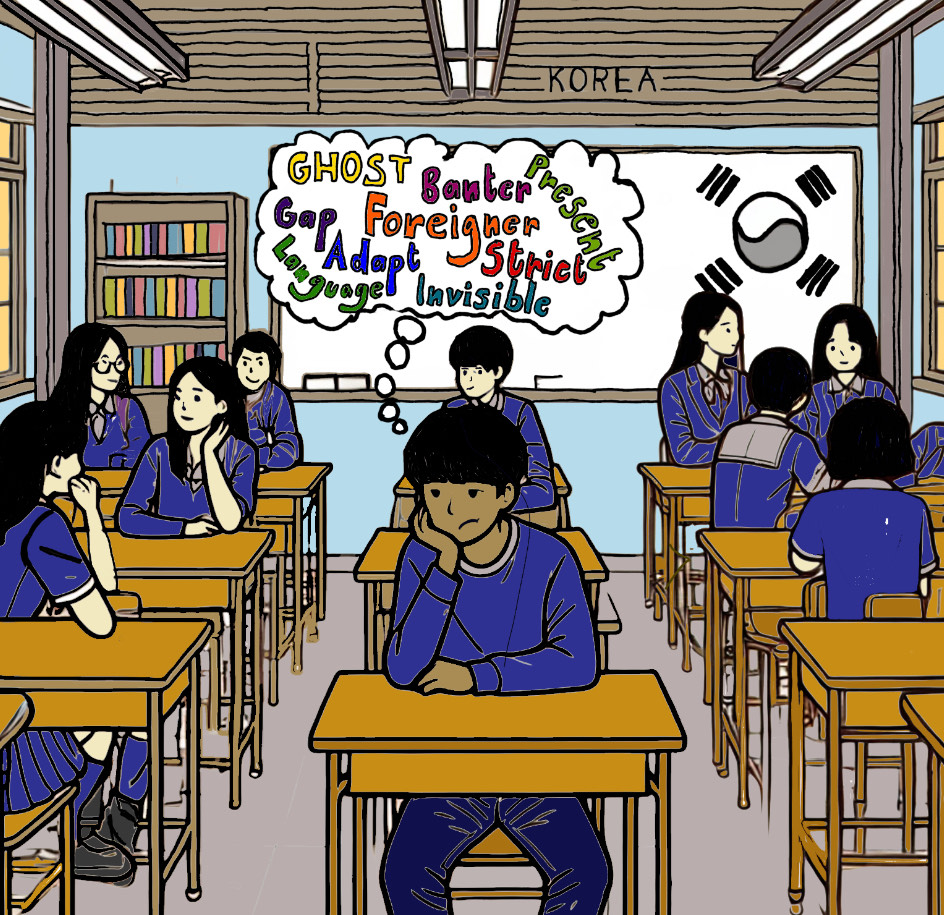


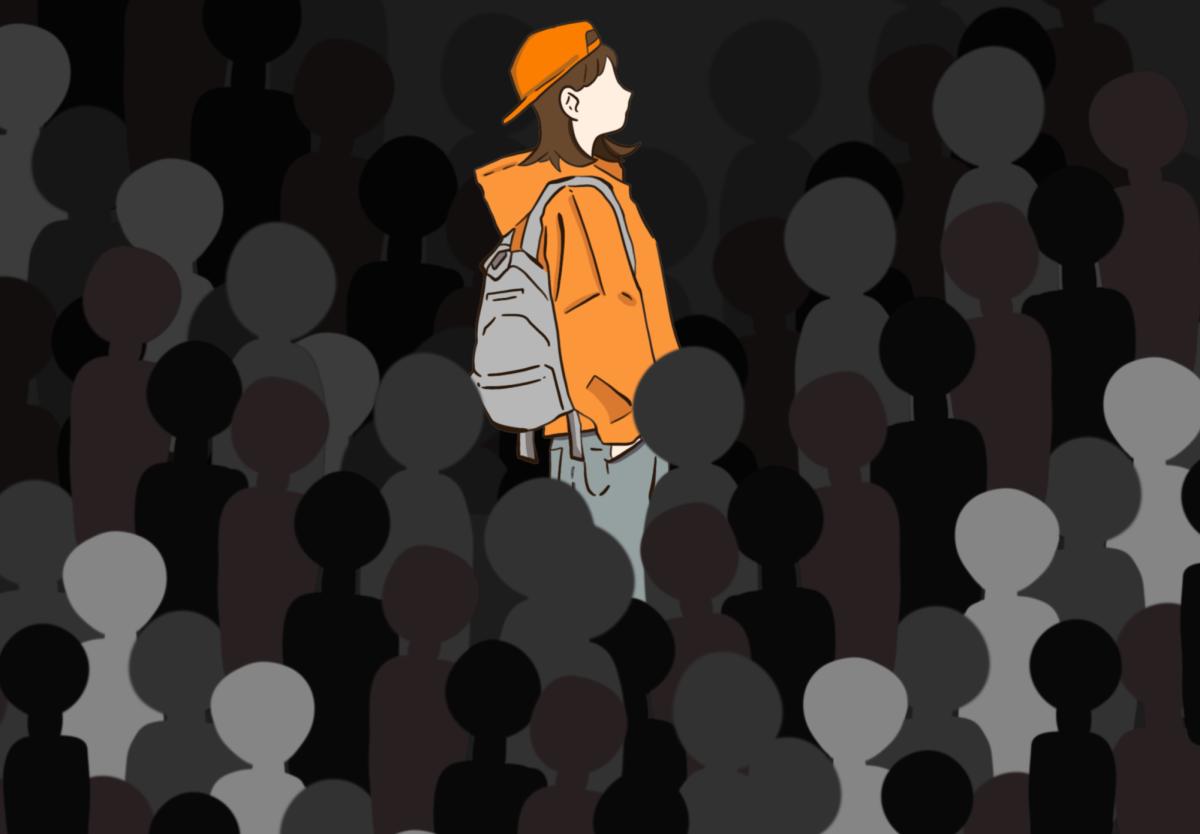

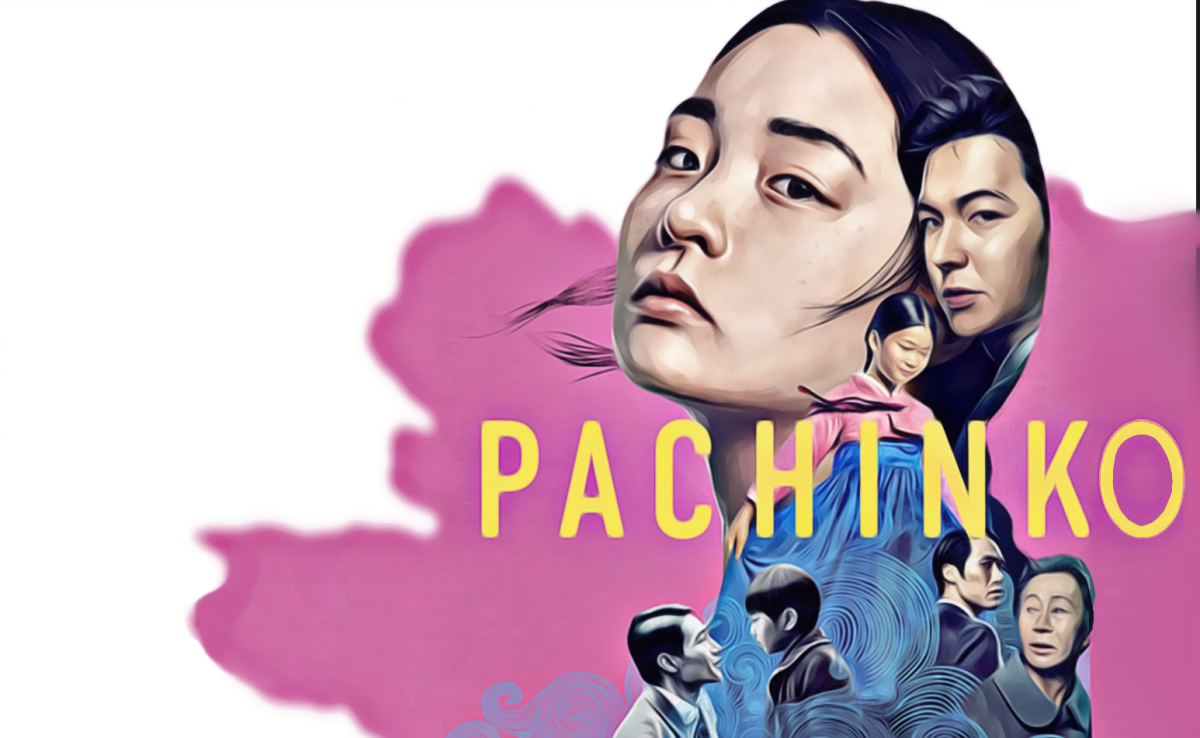





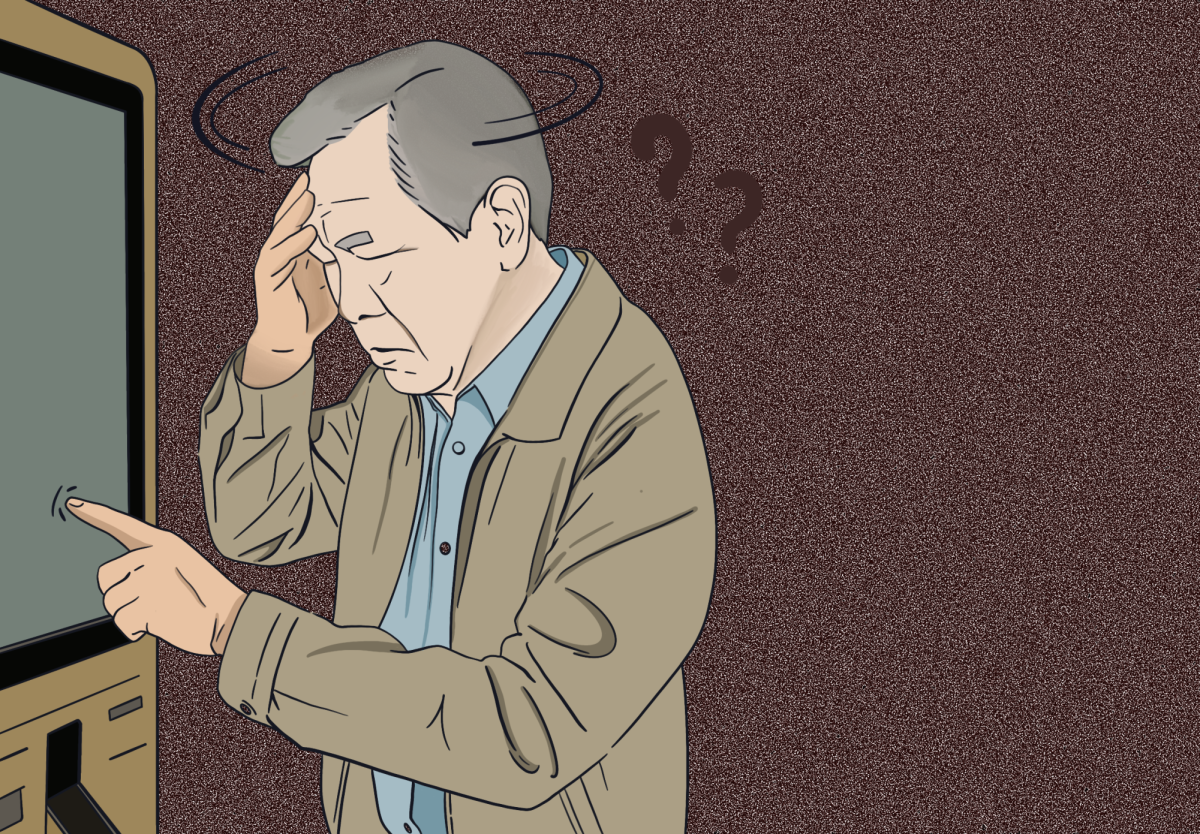

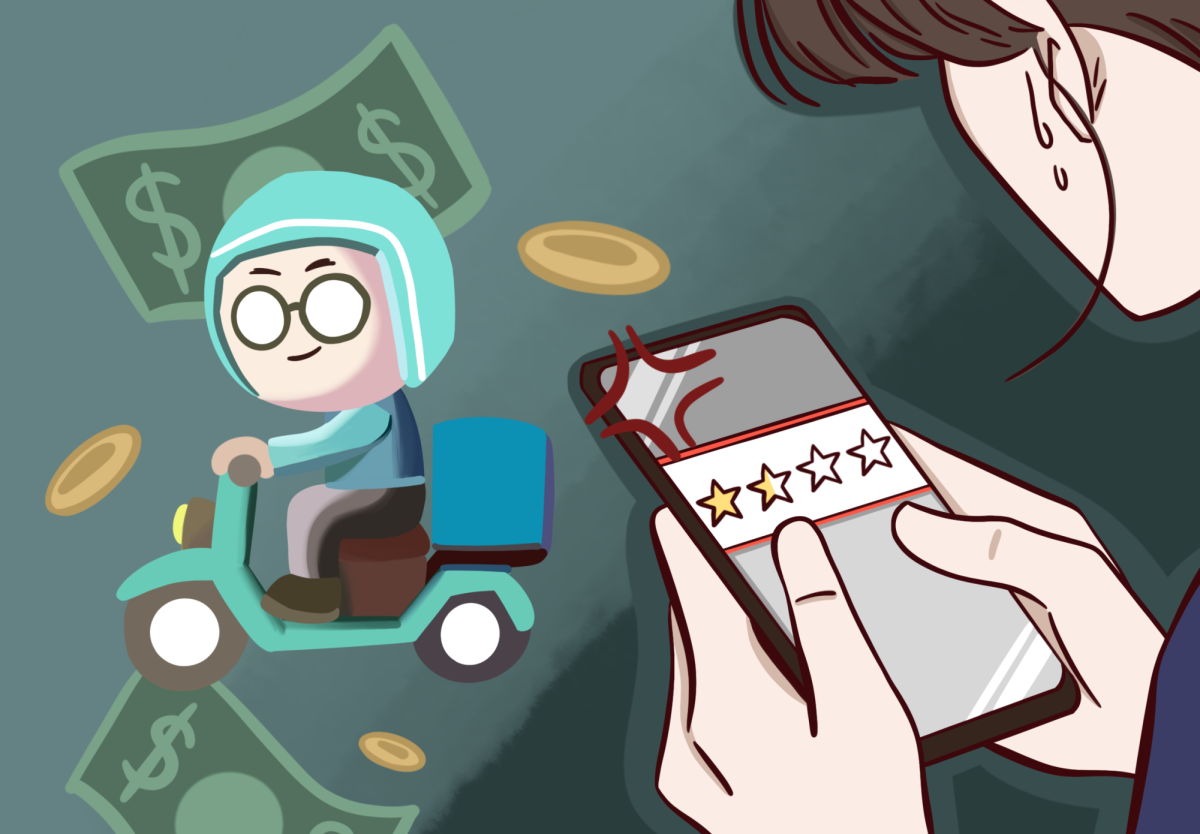



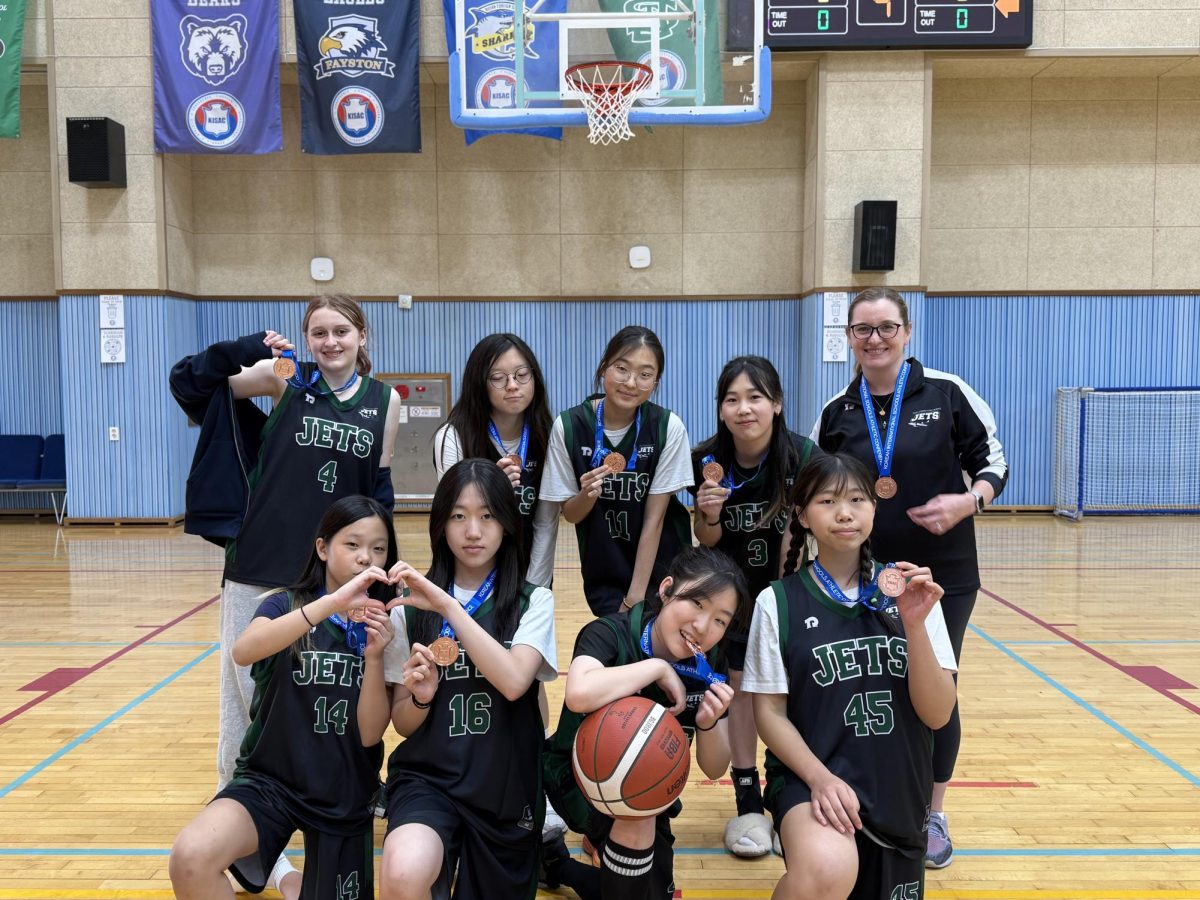
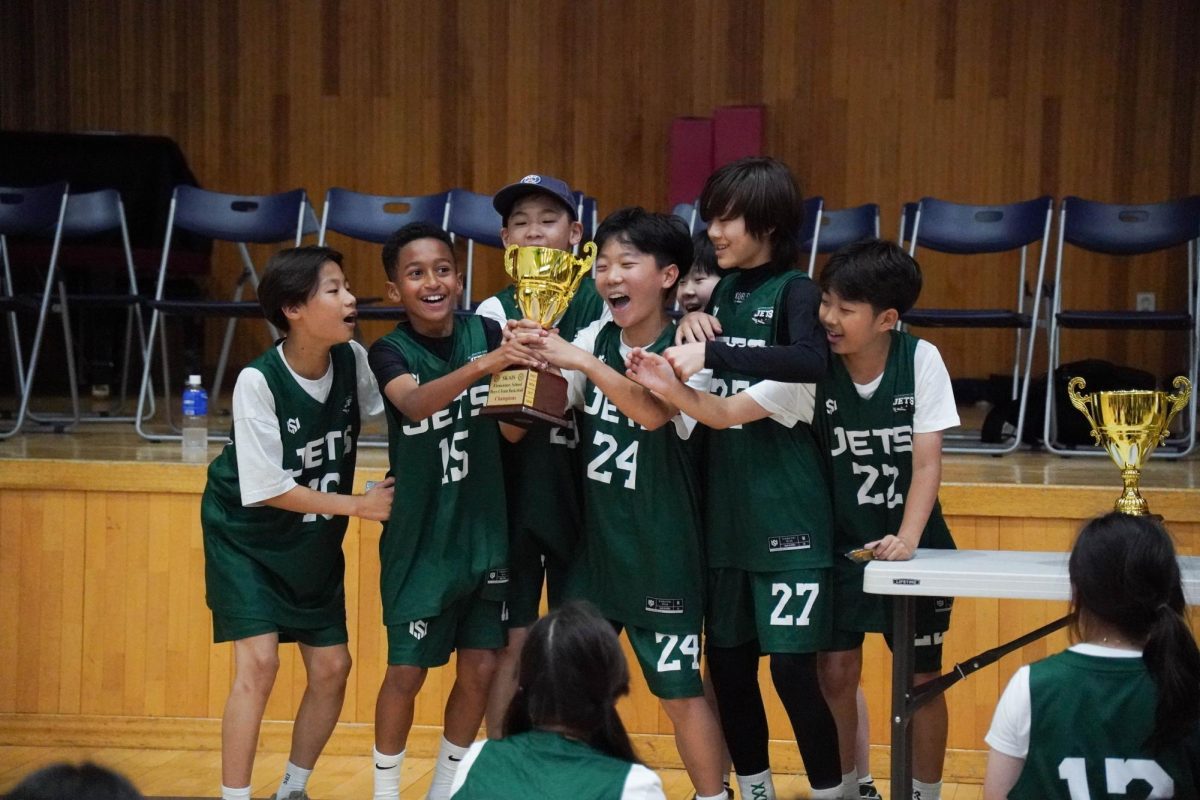

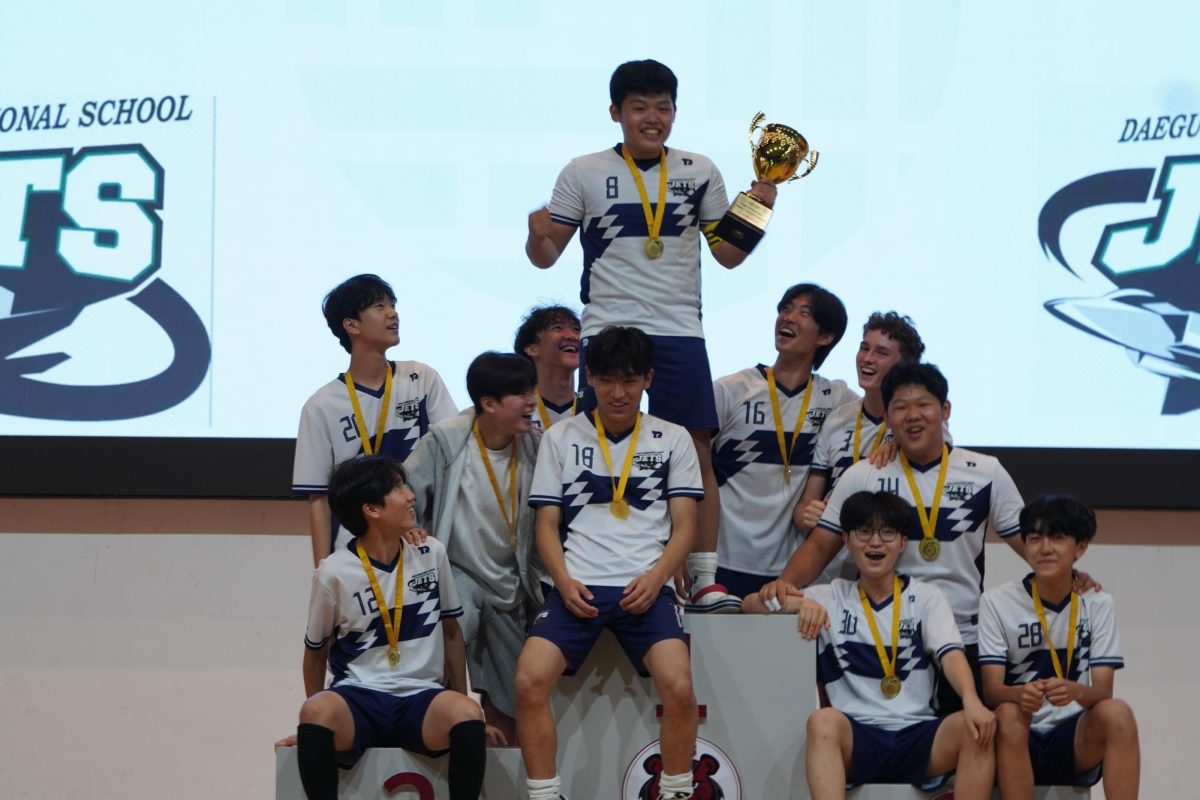




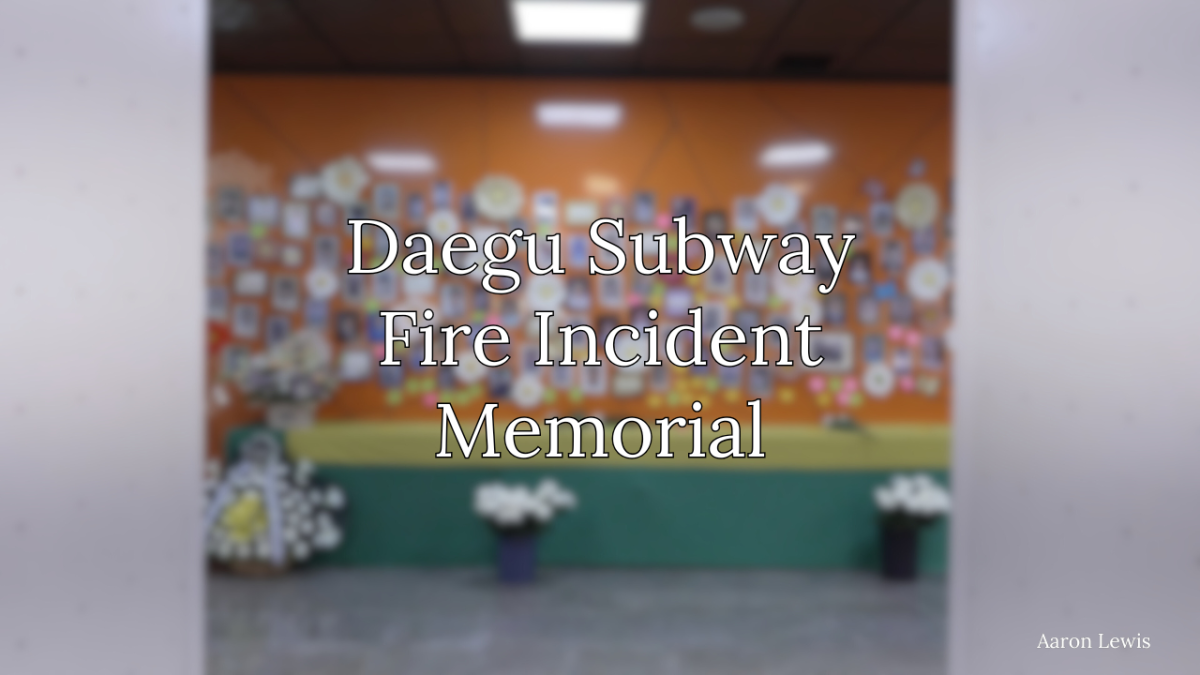

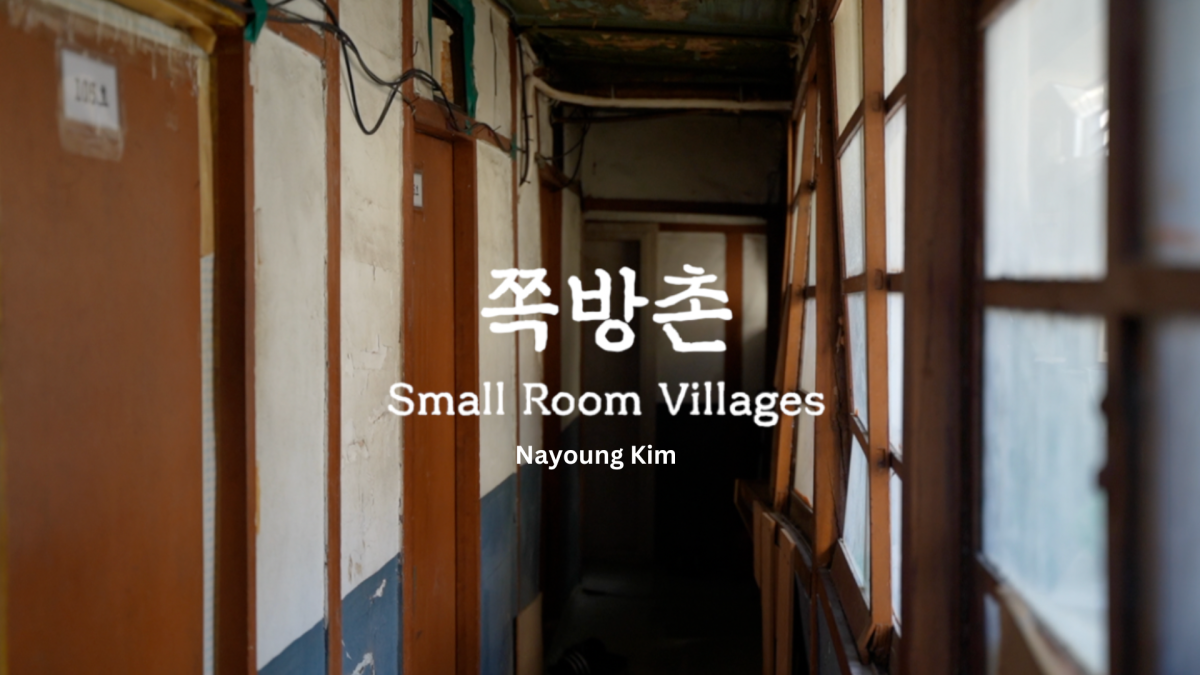
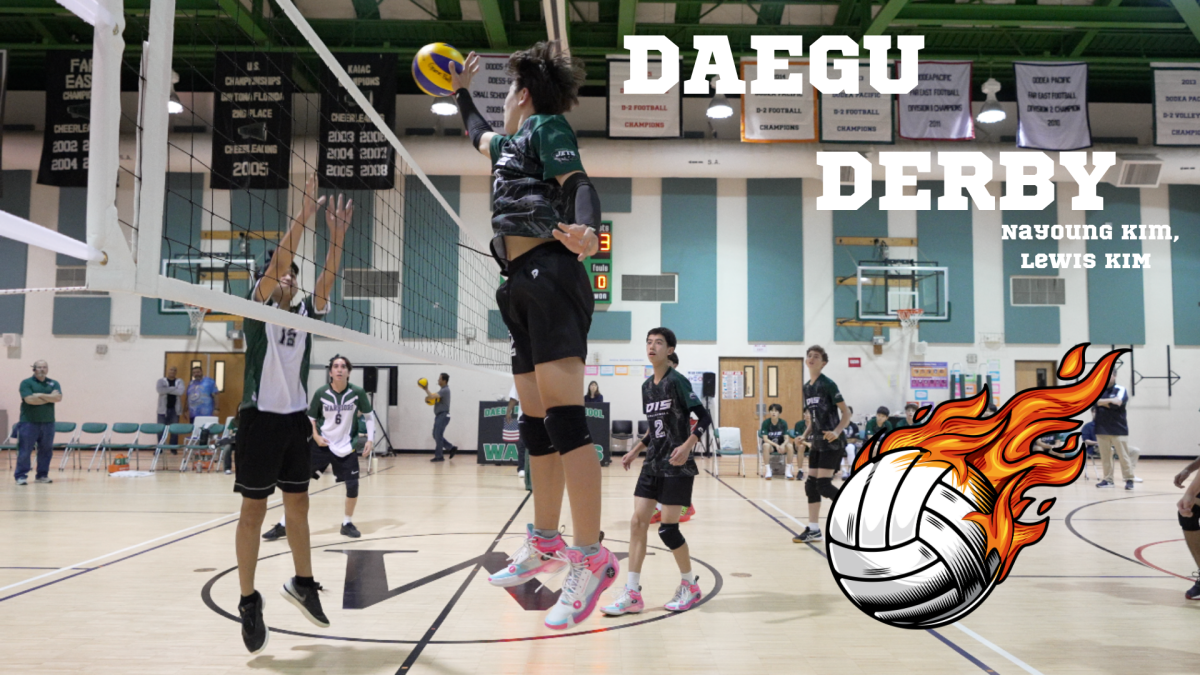
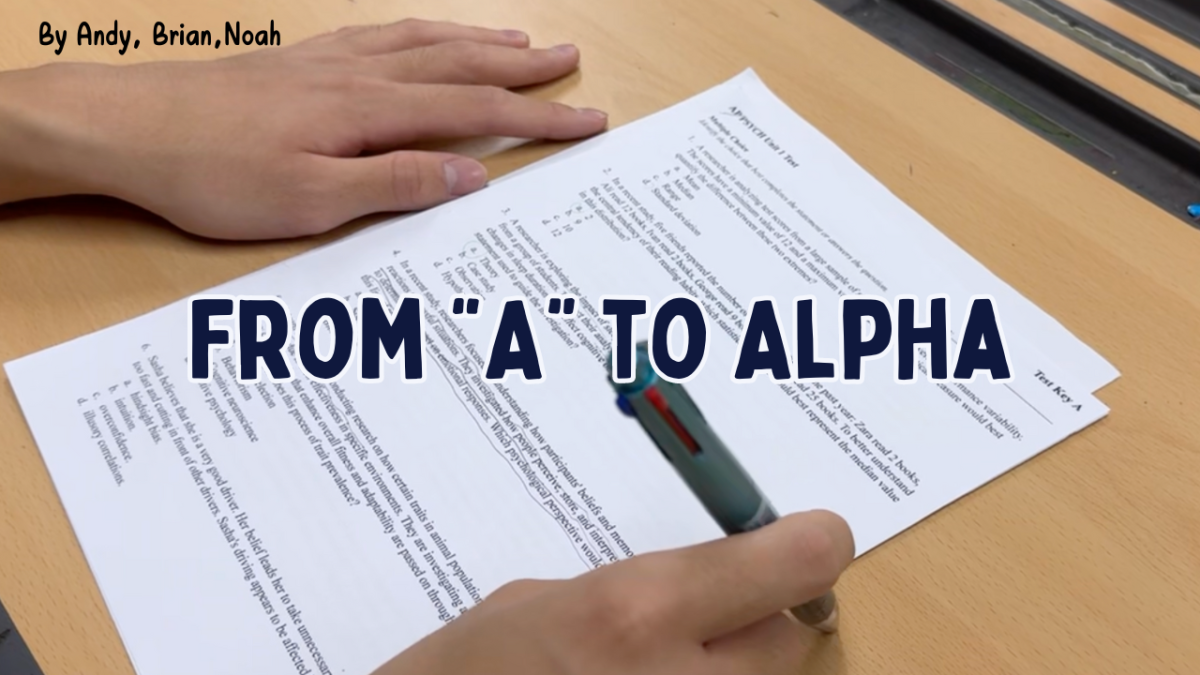
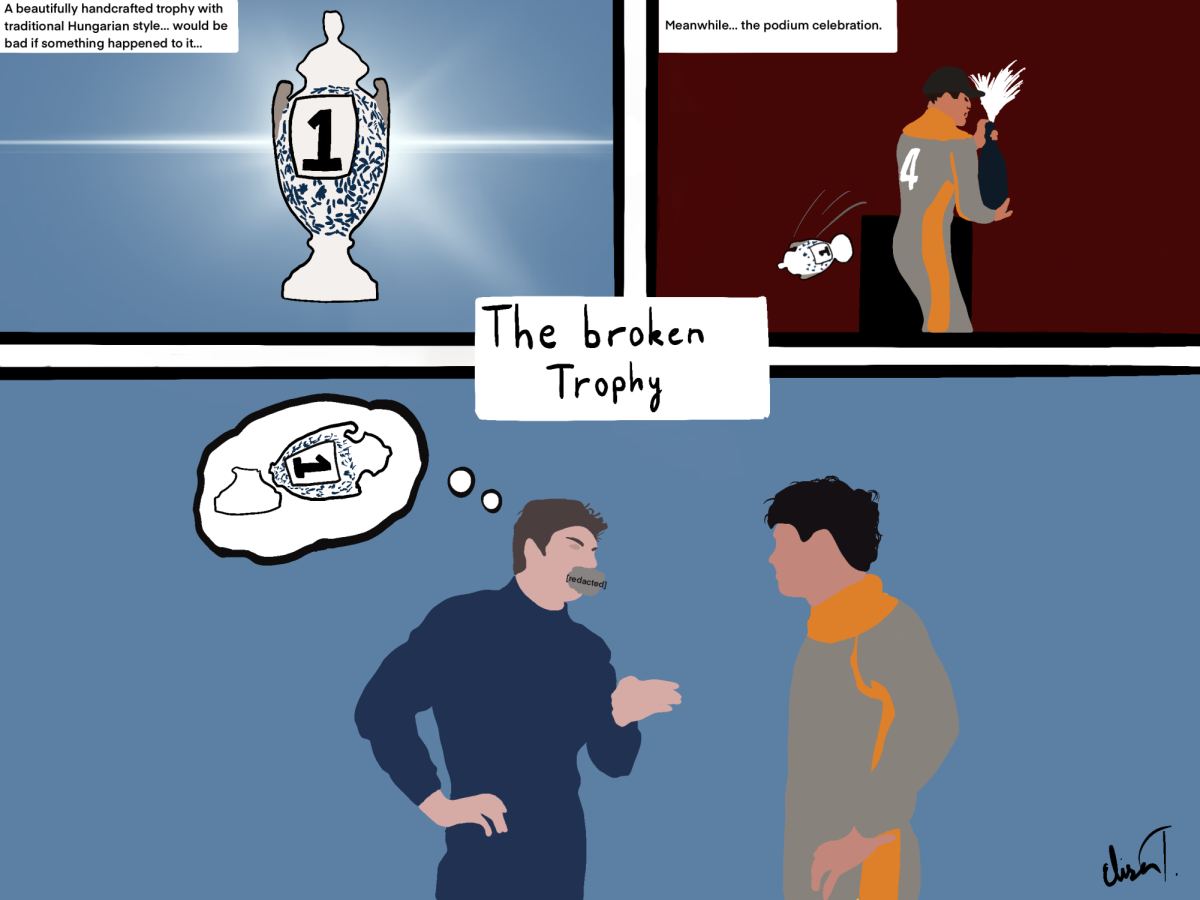
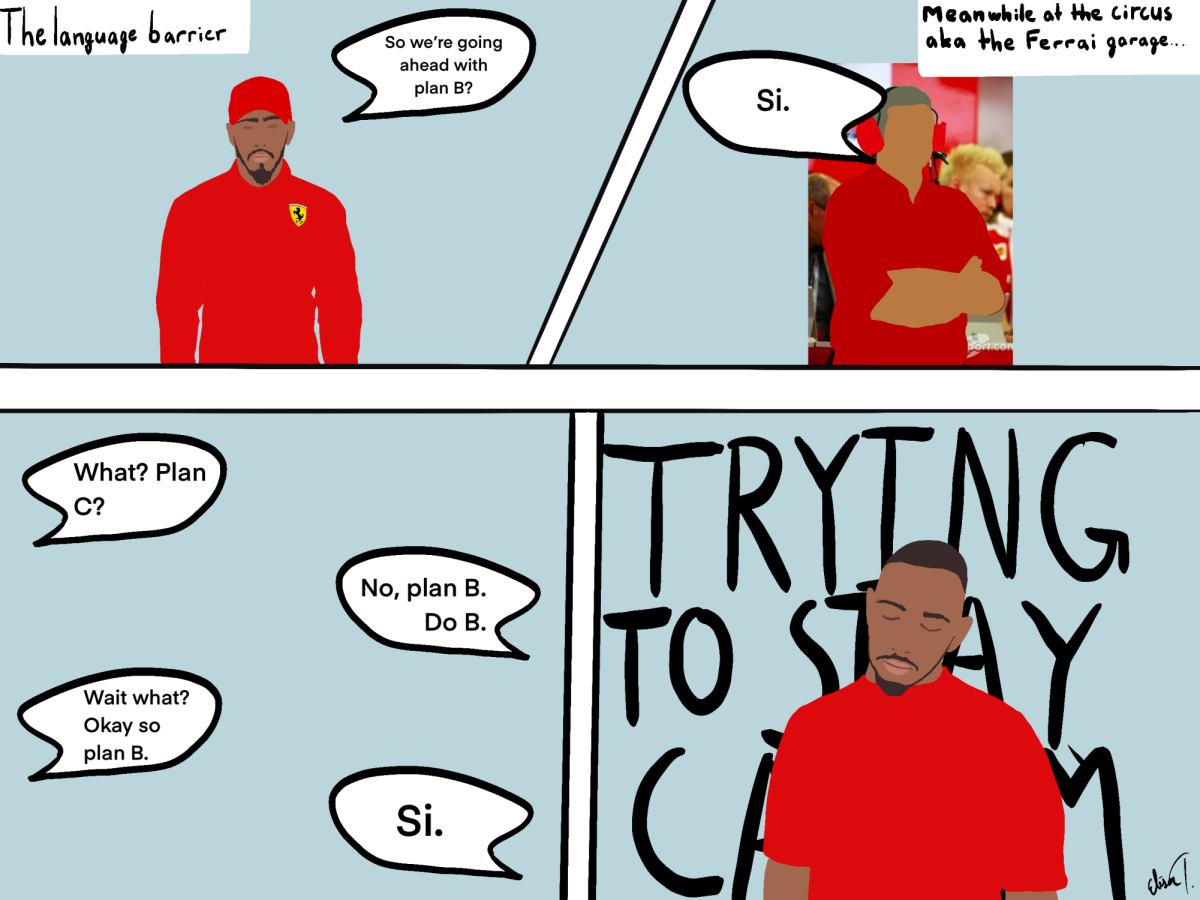
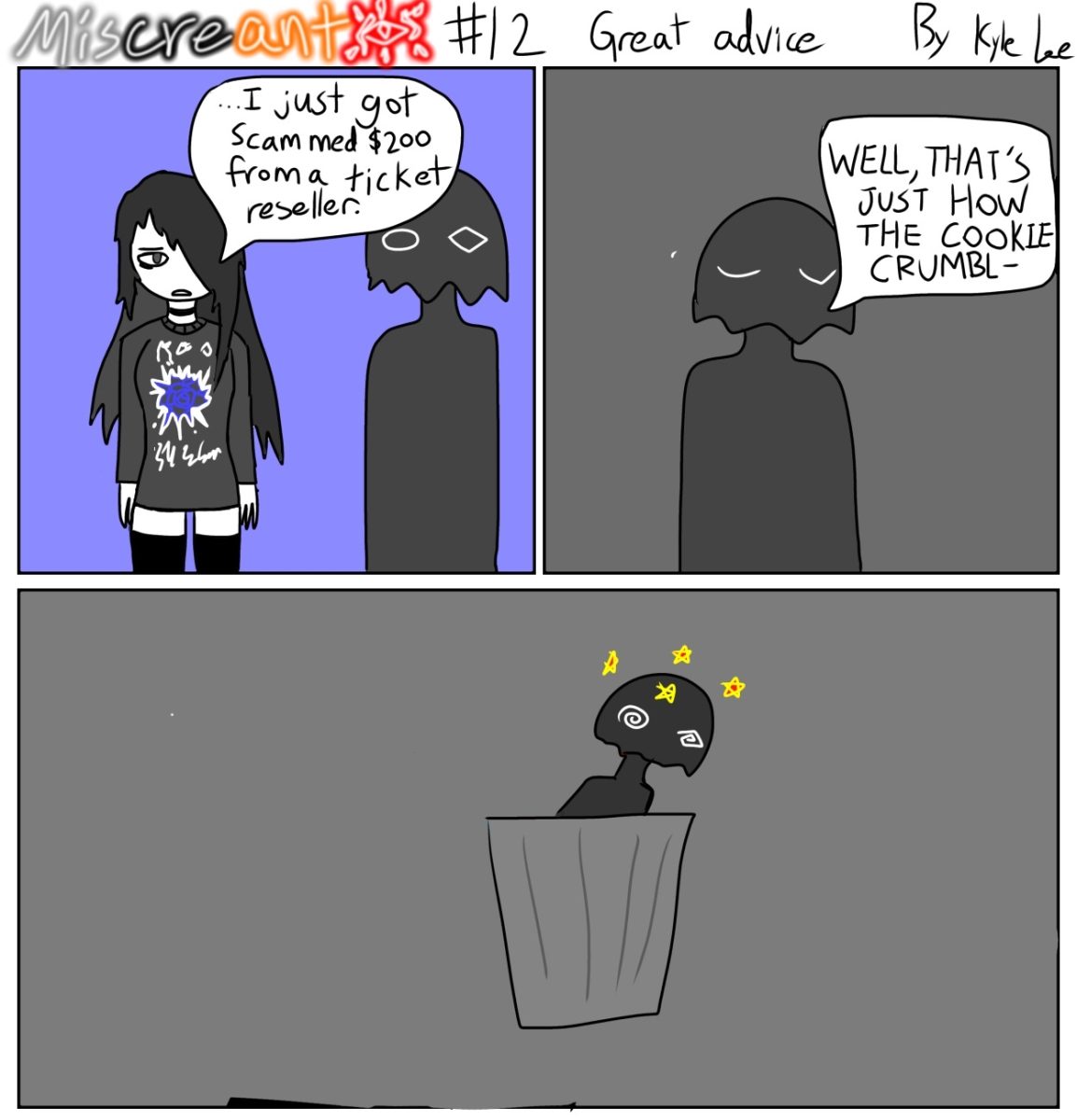
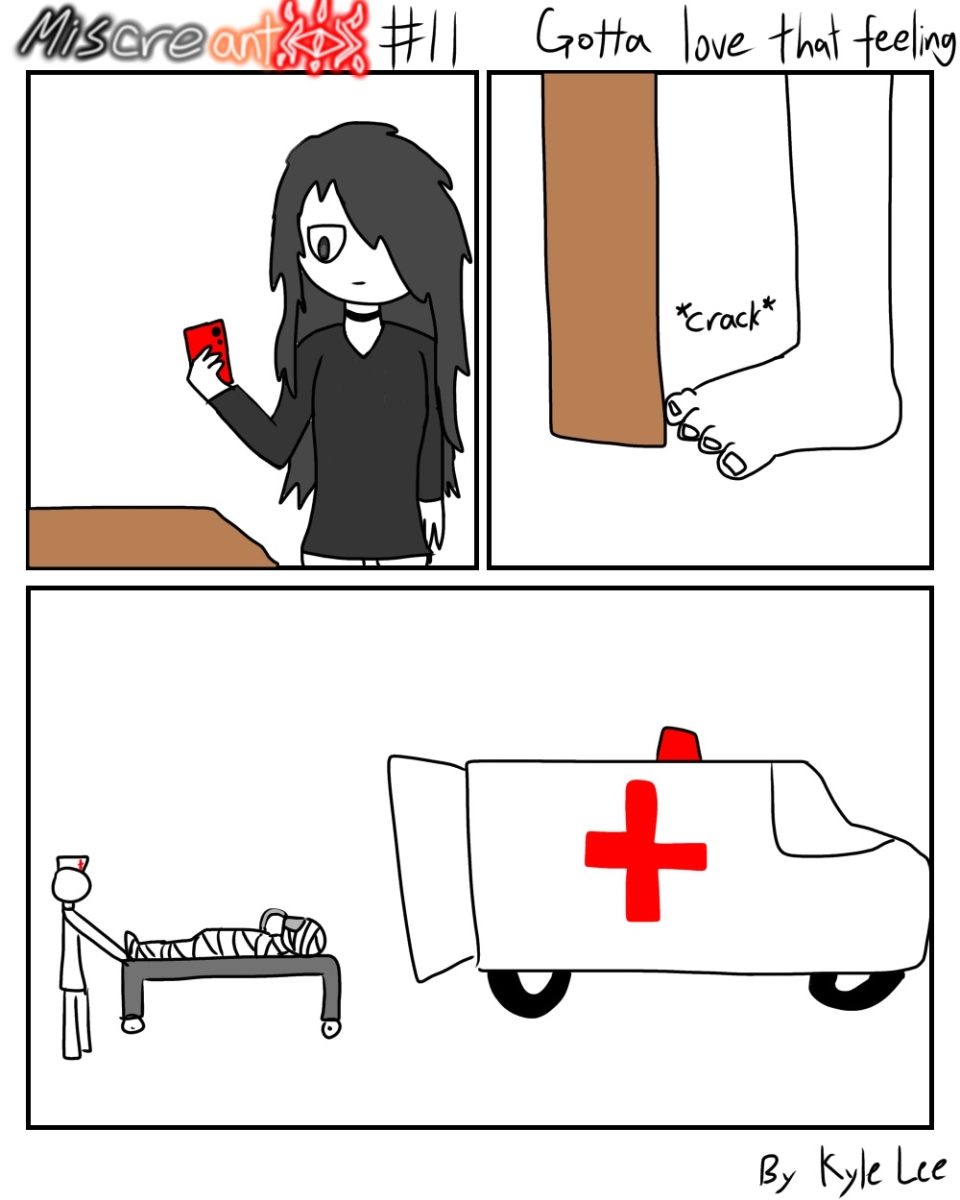
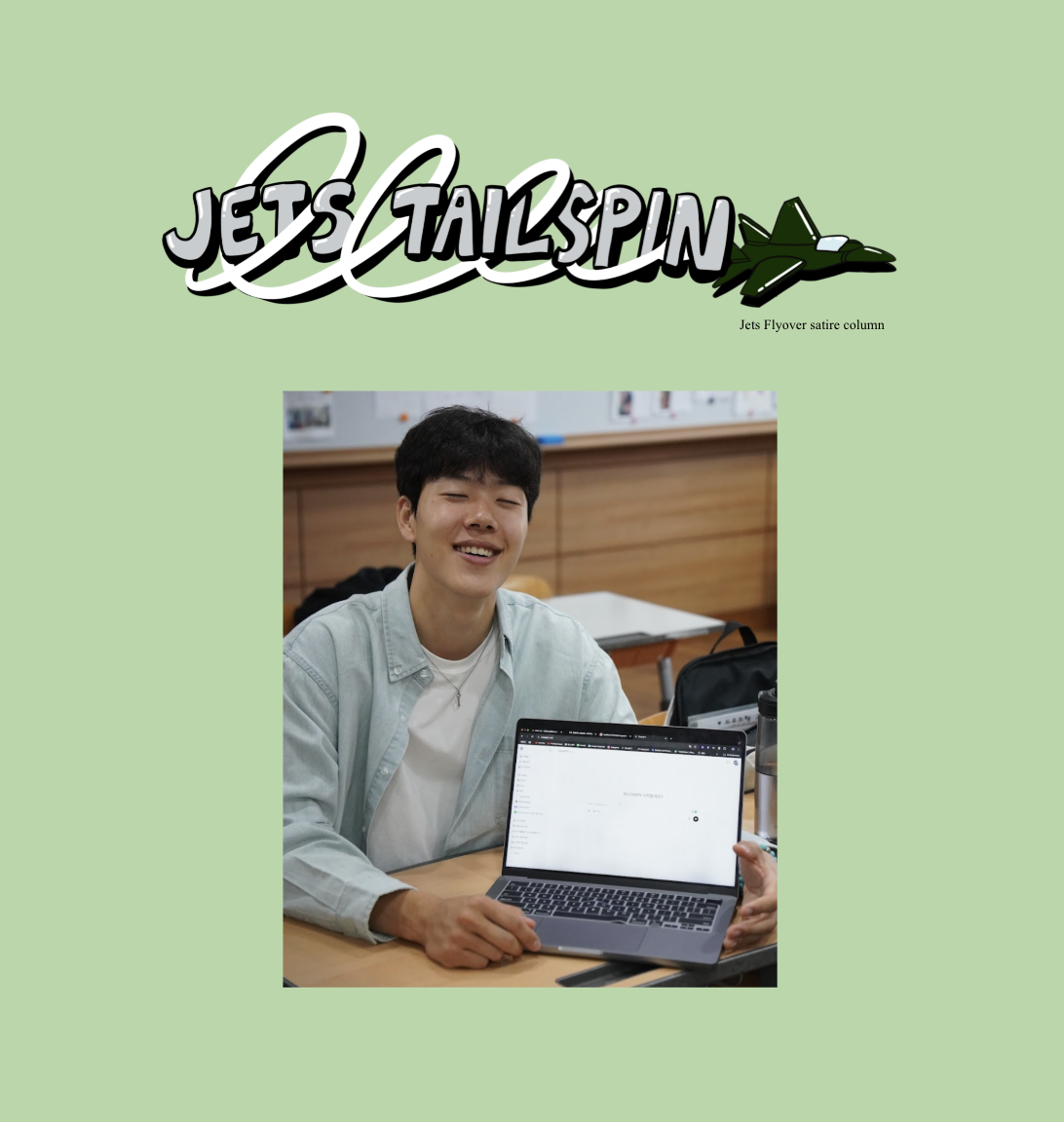
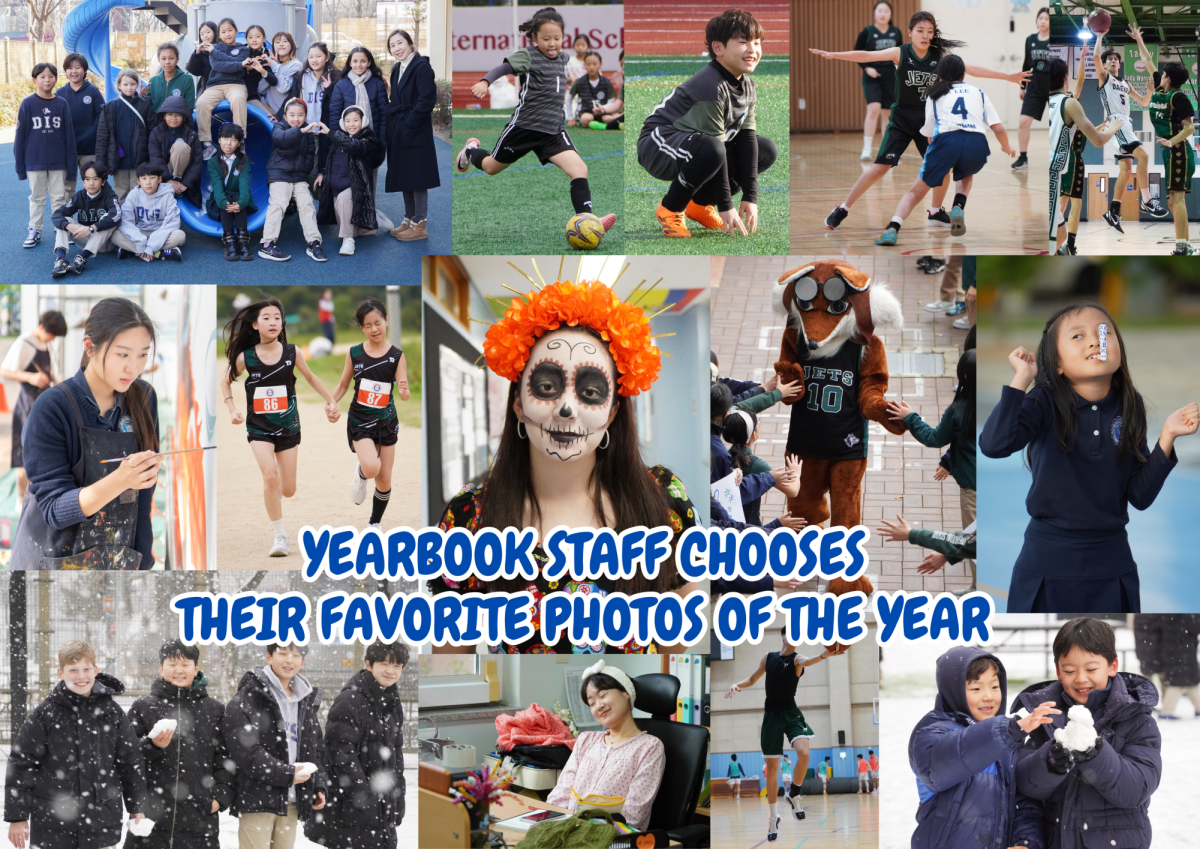

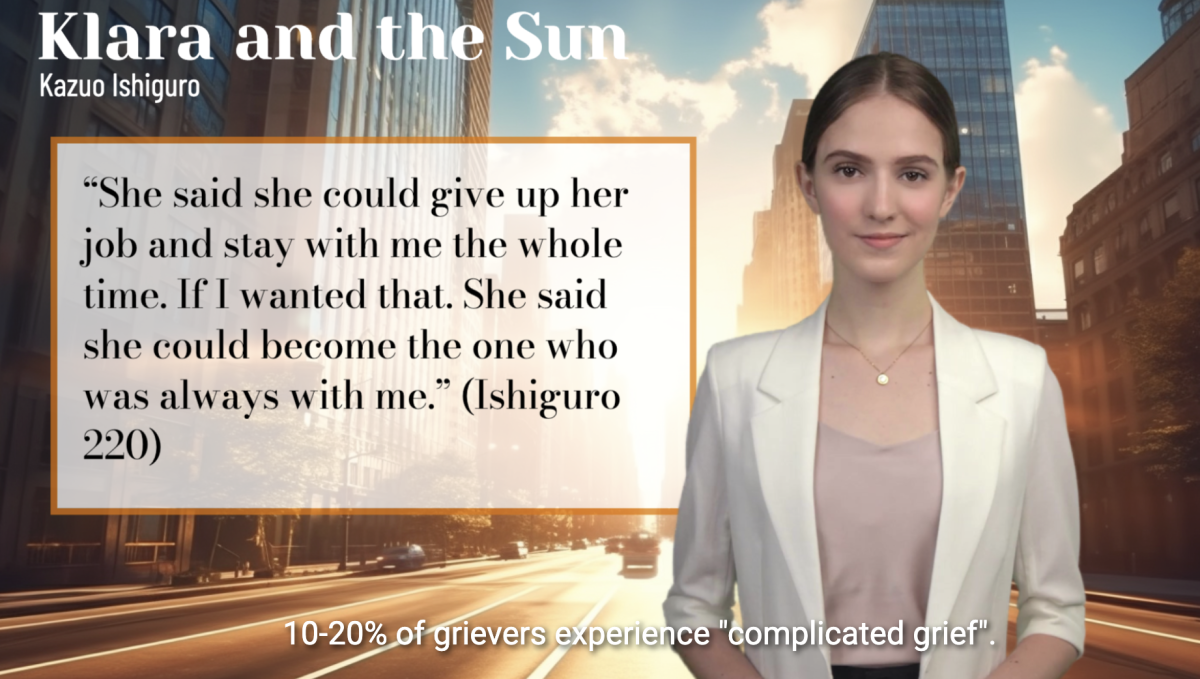
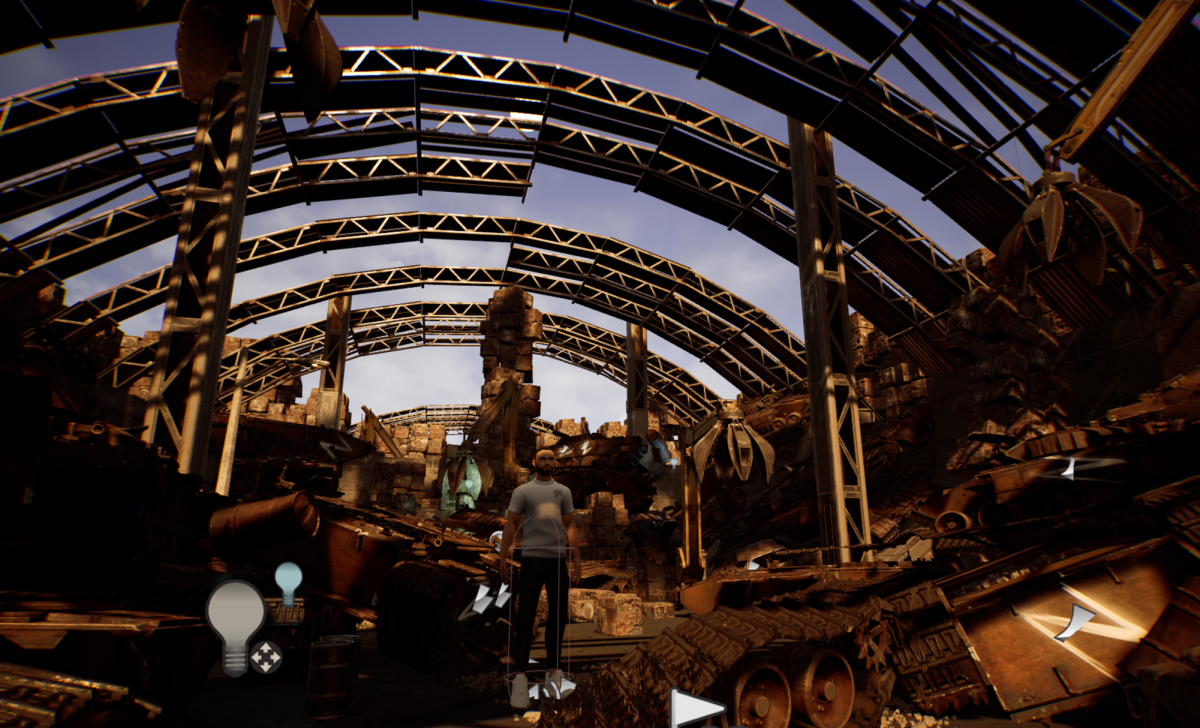
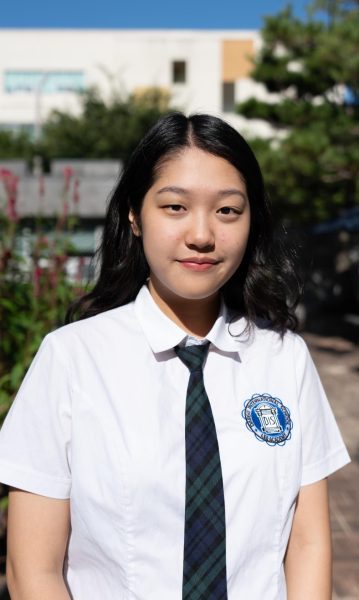
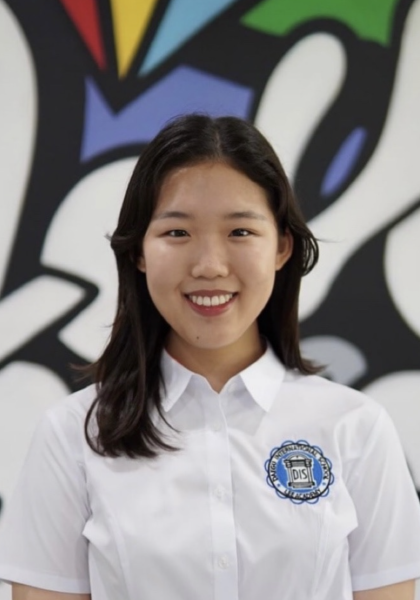
Kevin • Jun 13, 2024 at 7:27 pm
Great idea! I like how the team actually tried an innovative idea that seemed impossible and applied it to an area that even the best therapy and treatment cannot solve. I might be wrong, but if this goes public, I think someone would actually invest on this.
Yujun Piao • Jun 11, 2024 at 4:20 am
If anyone is interested in our team’s project, just contact me and I am welcome to let you put on the oculus to try the 3D simulation 🙂